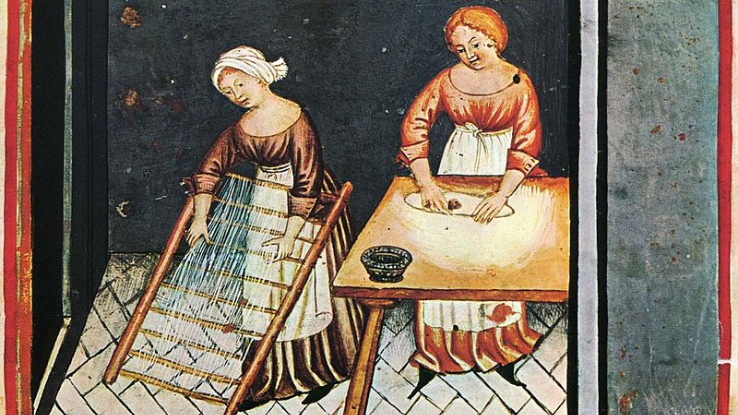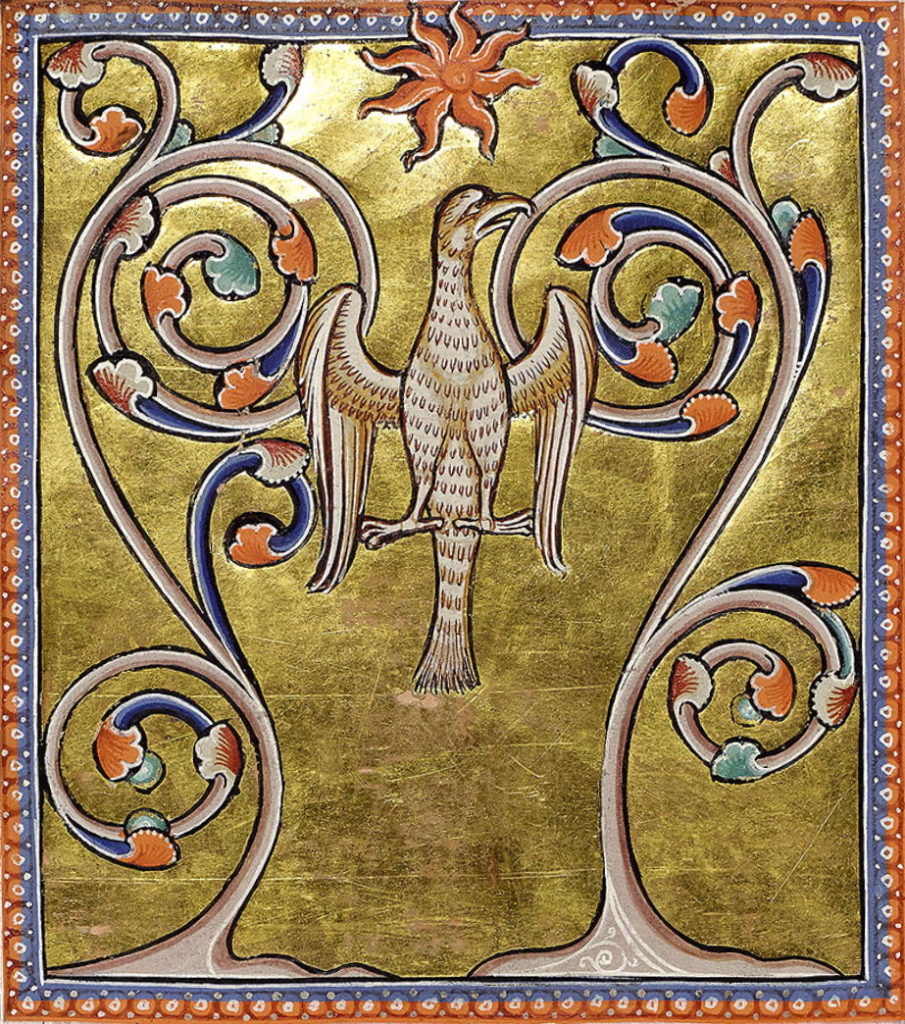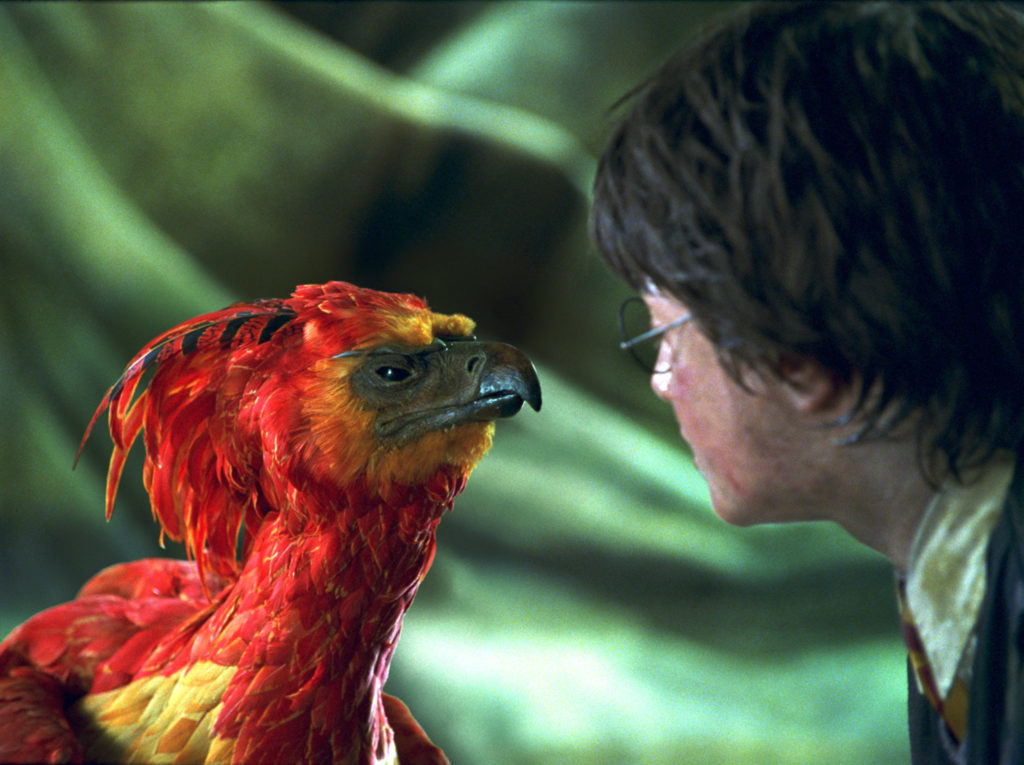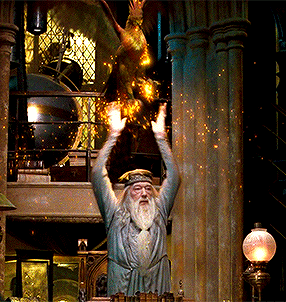
Anna Laminit (c.1480-1518) was one of late medieval Europe’s popular “living saints” or “holy women,” modern terms for women who were considered to have a privileged relationship with God during their lives as well as after death. For nearly fifteen years, she provided spiritual advice and (possibly) physical healing to everyone from pious laywomen to university professors to the Holy Roman Emperor. She was famous as far away as France, compared to living saints in Italy.
And she may have been one of late medieval Europe’s most successful con artists.
Our major sources for Laminit’s life are three Augsburg chronicles written after the fact but by men who were present in the city during her reign and fall. Regarding Laminit, the three offer different details but agree on all major points, and they are uniformly hostile to her.
Laminit came from a family of Augsburg artisans. She was supposedly exiled from the city as a teenager for “mischief,” probably some sort of sexual misconduct, but the punishment may have been largely symbolic. By seventeen or eighteen, she was back in the city and living at a charity-funded group residence for pious widows and unmarried women. Shortly thereafter, it seems, more and more people around her started to believe she was surviving on no food except the Eucharist—the surest sign of God’s special favor. The divine provenance of her inedia was certified by the fact that she tried to eat but was unable (it was not a human feat), and her confessor’s approval of her foregoing earthly food (demonstrating her obedience to the clergy).
Unlike most holy women, Laminit seems to have lacked the typical “powerful (male) cleric” promoter. The only places her confessor are even mentioned are her own supposed legal statement included in Rem’s chronicle, and his later charge that she lied to her confessor. Nevertheless, her fame spread throughout Augsburg and beyond.
Chroniclers stress the high social status of her local visitors; a pre-Reformation Martin Luther stopped to consult with her on his way home from Rome. Some people visited her for advice (sourced from God’s communications to Laminit, of course), others simply to experience proximity to a vessel of God’s grace, and probably others to observe something exotic and exciting. Some copies of Clemens Sender’s chronicle add an interesting detail: Laminit and a group of her women friends used to travel around the countryside outside Augsburg providing healing services.
Other people took advantage of her spiritual power from afar. Many devout Augsburgers donated their money to Laminit for her to distribute to the poor, thus increasing the amount of God’s good will that would reflect back on the original donors. Others donated money and goods to Laminit herself, including a private house near one of Augsburg’s most prestigious churches.
Unlike with other holy women, sources make no mention of a particular powerful (male) cleric who supported and promoted Laminit. However, the Church gladly offered a vehicle for her mutually beneficial social and spiritual climb. She received a designated seat for weekly Mass in the church near her house, drawing more people (and money) to it. Her response to outbreaks of apocalyptic fear in Augsburg and beyond was to call for Church-led penitential processions through the city (also featuring her, of course). Indeed, the sources agree that in the first decade of the sixteenth century, Anna Laminit was “St. Anna” to everyone in Augsburg and beyond.
Everyone except the duchess of Bavaria.
Daughter of one emperor and sister to another, Kunigunde of Austria had retired to a Munich convent after the death of her husband Albrecht, duke of Bavaria, in 1508. And when she invited (“invited”) Laminit to Munich in 1513, she had more in mind than a consultation with a saint. She and the other sisters gave Laminit her own private chamber—a chamber specially prepared with holes in the door. And the first night, they observed Laminit do the one thing a holy woman was not supposed to do: eat. Food under the bed and excrement outside the window confirmed the charade.
According to her supposed confession, Laminit claimed that God had allowed her to eat that one time because she was so weak from travel. But nobody was interested in listening. The discovery that she ate one time was enough to unravel more than a decade of adulation and trust. Despite the animosity reflected by the invective used against Laminit in some of the chronicles, her only punishment was exile from Augsburg—apparently with a good piece of the money people had donated to her over the previous decade.
As for Laminit’s life after sainthood, Rem provides the most (and most colorful) details. Apparently she got married and ended up in Freiburg. And if Rem can be believed, she and her husband spent the next five years running a con based on, of all things, child support fraud. But the game was up when the non-existent child’s father wanted to meet him, and Laminit was executed by drowning in 1518.
Laminit’s end has led to her neglect as a late medieval holy woman in modern scholarship. But despite—or perhaps because of—the ultimate belief that her sanctity was a fraud, the sources that discuss her life are invaluable for insight into popular devotion to living saints and the lives of those saints at the end of the Middle Ages.
Cait Stevenson
PhD in Medieval Studies
University of Notre Dame
—
Secondary
Roth, Friedrich. “Die geistliche Betrügerin Anna Laminit von Augsburg (ca. 1480–1518).” Zeitschrift für Kirchengeschichte 43 (1924): 355–417.
Weigelt, Sylvia. „Der Männer Lust und Freude sein”. Frauen um Luther. Wartburg-Verlag, 2011.
Primary
Preu, Georg. “Die Chronik des Augsburger Malers Georg Preu des Älteren.” In Die Chroniken der schwäbischen Städte: Augsburg, vol. 6, 18-86. S. Hirzel, 1906.
Rem, Wilhelm. “Cronica newer geschichten.” In Die Chroniken der schwäbischen Städte: Augsburg, vol. 5, 1-245. S. Hirzel, 1896.
Sender, Clemens. “Die Chronik von Clemens Sender.” In Die Chroniken der schwäbischen Städte: Augsburg, vol. 4, 1-404. S. Hirzel, 1894.




